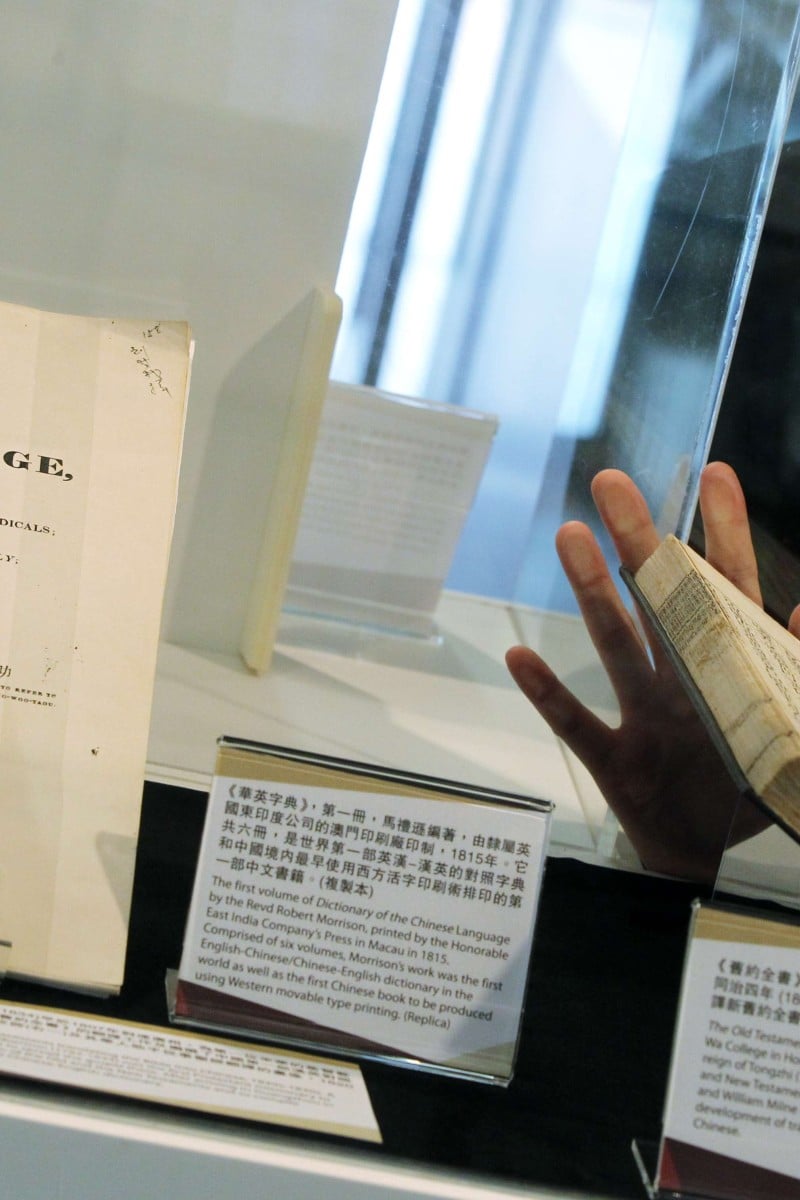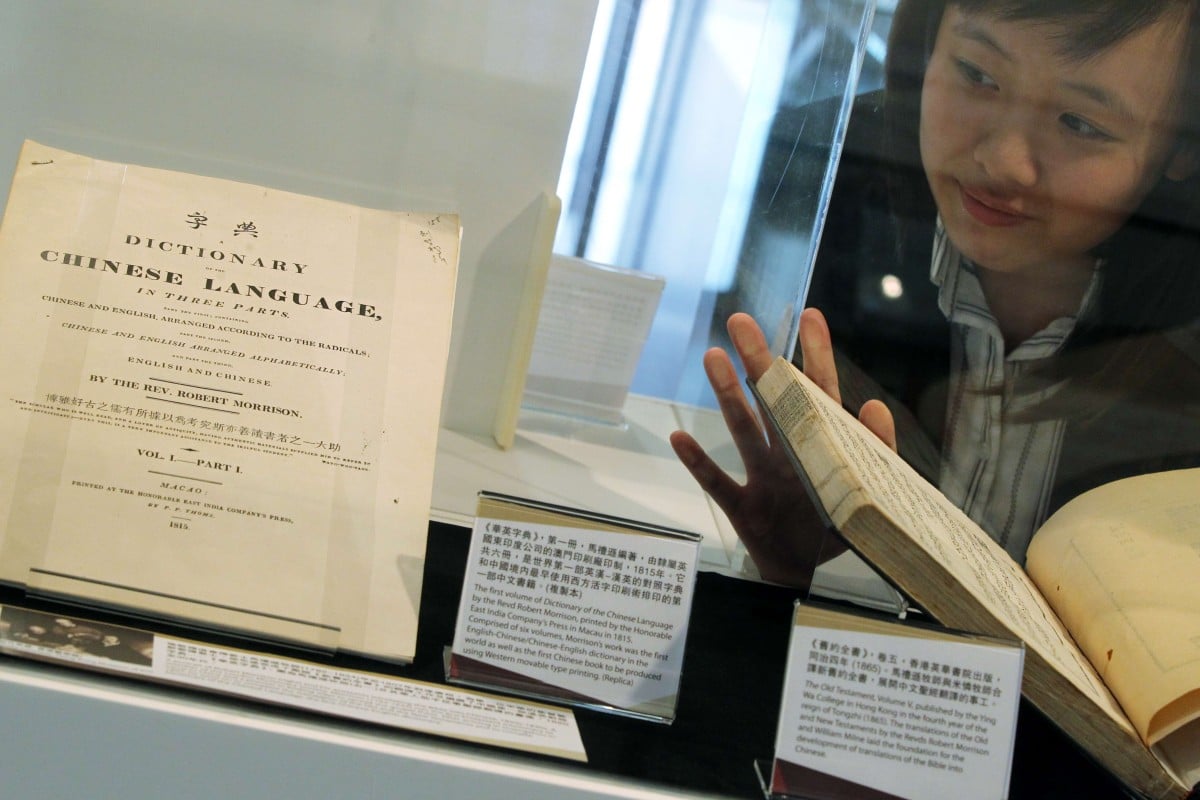
Pinyin in Hong Kong and why the Cantonese version is useful
While both Hanyu Pinyin and Cantonese Pinyin are romanised, the Cantonese phonetic system is far more complicated than that of Putonghua
 No modern dictionary would be complete without the pinyin system.
No modern dictionary would be complete without the pinyin system.Pinyin is arguably the easiest way of learning the pronunciations of characters. However, while it is mandatory for many students in Hong Kong to learn Hanyu Pinyin in Putonghua classes, Cantonese Pinyin is rarely used to learn pronunciations of Traditional Chinese.
So, Young Post chatted with Poon Hon-kwong, Associate Professor at Hong Kong University, to figure out the difference between Zhou’s Hanyu Pinyin the Cantonese Pinyin, as well as Cantonese Pinyin’s role in society today.
While both Hanyu Pinyin and Cantonese Pinyin are romanised, the Cantonese phonetic system is far more complicated than that of Putonghua: “There are nine tones in Cantonese but only four tones in Putonghua” says Poon, “some of the Cantonese tones are derived from classical Chinese, which was developed over a thousand years ago.”
Additionally, Cantonese Pinyin has 56 finals (the equivalent of consonants in English), while Putonghua has 37. Poon says the large amount of finals is one of the main reasons why many Chinese learners (both native and non-native) find it to be a lot more challenging than Mandarin.
For Hongkongers, learning Cantonese Pinyin is also “optional” to a certain extent. “They don’t have to rely on Pinyin to express themselves,” says Poon, “since Hongkongers learn how to pronounce Traditional Chinese characters from the media as well as through their daily conversations with others, it’s unnecessary for them to know it unless they are unsure of the exact pronunciation of a character.
However, even though Putonghua has more of an advantage in terms of its practicality,
Poon says Cantonese Pinyin would be useful in other ways.
For instance, in poetry, “when you recite a poem [written hundreds of years ago] in Putonghua, the endings won’t always rhyme,” says Poon, “try reading it out loud in Cantonese, and the rhymes will become instantly recognisable.” So, perhaps the next time when students are asked to mimic the tones of a poet from the Tang dynasty, they could try to do so with the help of Cantonese Pinyin for a change.
Despite that, Cantonese Pinyin struggles to maintain its popularity among Hongkongers, it still plays an important role in improving the accuracy of pronunciations, as well as being a witness to a part of Chinese history that otherwise would have been lost through the years.
